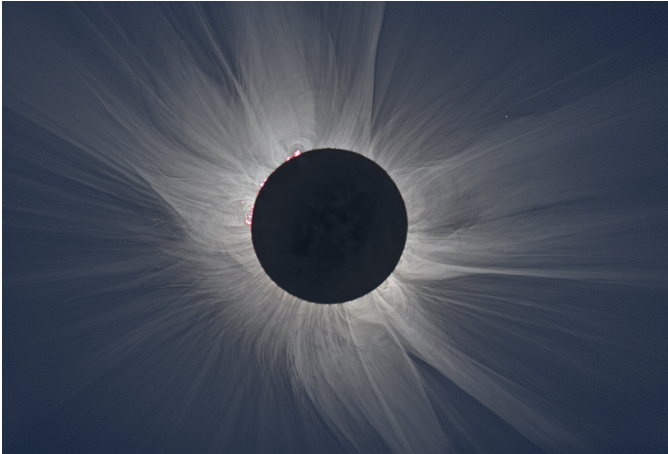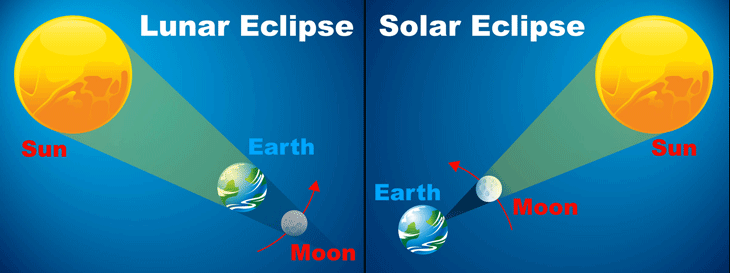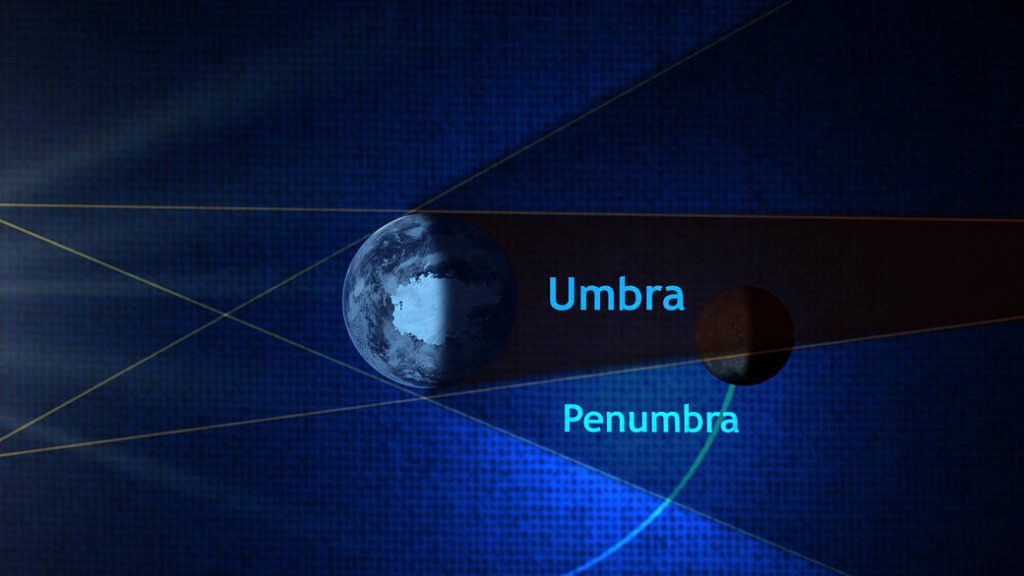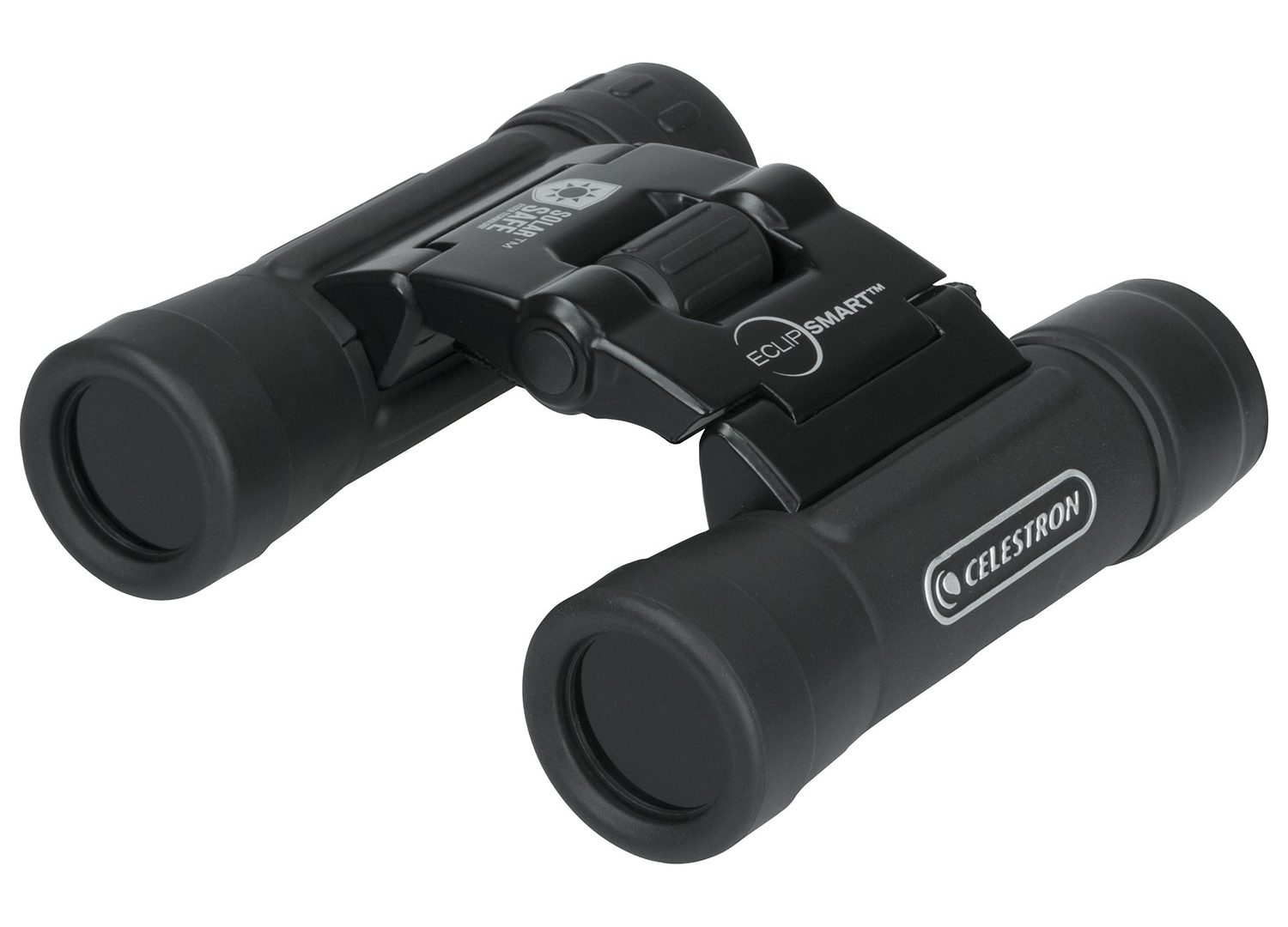An 18-Month Spectacle
On August 21, 2017, a rare, nerdy milestone will occur: we’ll get to see a solar eclipse! Why is it a big deal and what is it? Well, keep reading and find out more about this astronomical marvel.
Eclipse? What’s that?
Eclipse (pronounced ‘eee-klips’) is an event where a celestial body lines up with another celestial body in space to block one another. It casts a shadow visible to Earth and occurs due to these celestial bodies lining up on their rotational path in relation to one another. It’s amazing.
What is a Solar Eclipse?
Once every 18 months, a total solar eclipse occurs during the day. It is where the Moon is in-between the Sun and the Earth. The Moon then blocks the view of the Sun, creating a solar eclipse. This is different from a ‘lunar eclipse’, where the Earth is in-between the Sun and the Moon, and only visible at night.
During a solar eclipse, the Moon will cast shadows on Earth. The first shadow will shrink as it reaches Earth and is called ‘umbra’.
As the Moon continues to move on orbit, the second shadow gets bigger as it reaches Earth and is called the ‘penumbra’.
From Sea to Shining Sea
From Oregon to South Carolina, enthusiasts will pull out their telescope, a solar eclipse-friendly filter, and gaze at the beauty. For the true scientists, it will give them an opportunity to study the Sun’s atmosphere, called the ‘corona’, which is rarely visible. Only certain states will be able to see a total solar eclipse, and everyone else will only be able to see a partial solar eclipse, where it looks like the Moon is taking a bite out of the Sun.
Partial eclipses are common, but a total solar eclipse is rare so if you have the opportunity to view it, take advantage of it! Check out this path map from NASA, and see if you can be close by!
Is it safe to look at an eclipse?
Eclipses are safe to look at if you are prepared. A Lunar eclipse occurs at night and doesn’t need additional equipment but solar eclipses are a different story.
Just like any event, preparation and research are key. Looking directly at the sun, whether there is a solar eclipse or not, can cause irreparable damage to your eyes.
NEVER, EVER LOOK AT THE SOLAR ECLIPSE WITH JUST THE NAKED EYE.
Safety First; Use (Eye) Protection
A key thing to remember is if you can see your hand in front of you, whatever eyewear you have is insufficient for safe viewing of the eclipse. That means it’s letting too much light in and will cause eye damage. A key thing to look for is “ISO 12312-2 standard” in your eyewear. If you want a closer look of the corona, you can check out these binoculars from Celestron. The Celestron EclipSmart is ISO certified and would provide a close-up view of the solar eclipse safely!
If you have a telescope, you’ll need a solar filter and here’s a link of reputable solar filter sellers and vendors to fit your telescope.
If you’re at the office still and have a great vantage point from your building, you can get a 10-pack of solar eclipse glasses and have an Eclipse Party with your co-workers. Enjoy a cup of coffee, gaze at the rare wonder, and enjoy the sight.
So whatever you need to use to enjoy this rare event, always remember:
Safety First.





